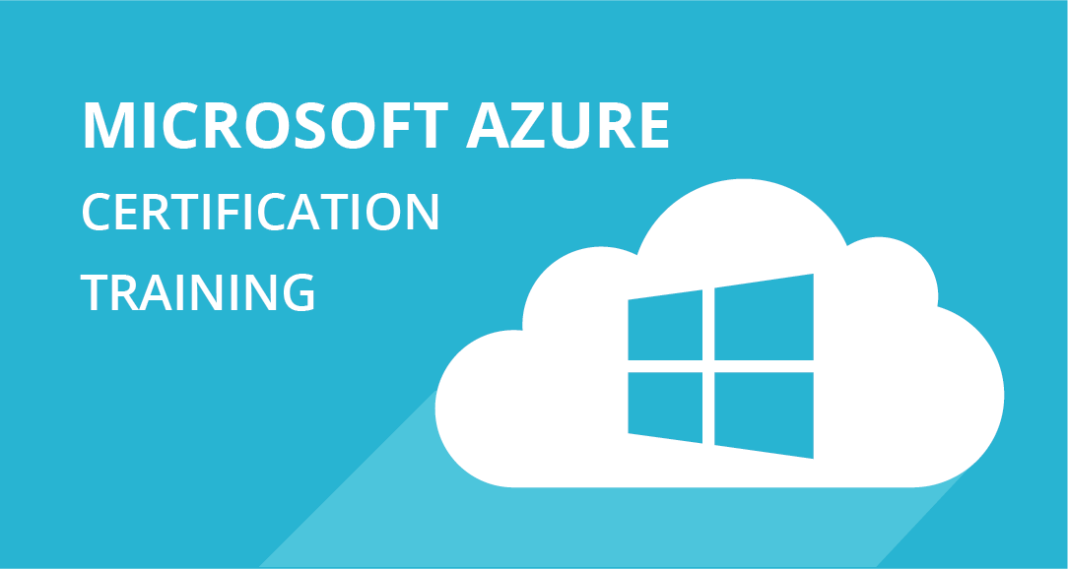In the digital era, AFS – which is also termed as Azure – File – Storage allows a person to keep storing and managing the directories of the file within the cloud, and make accessibility of your data through Server – Message – Block (S-M-B). A person would make use of Azure File Storage to share the files through a lot of machines, as well as allocate the storage with programmed, local data replication. Moreover, AFS offers the encryption of data in transit and at rest through S-M-B 3.0 and H-T-T-P-S networks.
Azure File Storage (AFS): A Brief Introduction
Azure Files is such a kind of storing service which can be used to attain file directory storing within the cloud. By having this, a person would keep their data – which they want to store in a regular file network that includes logs, media, and docs. It’s based on Networking – File – System (N-F-S) protocol, as well as allowing accessibility through Server – Message – Block (SMB). With the files, you would recreate your on-premises file resolutions with these advantages:
- Shared accessibility: You would keep sharing the file systems through numerous devices, apps, and occasions. This aspect would allow a person to distribute the accessibility even though make sure that their consumers have an approach to similar assets. Consumers would get an approach to the files through REST API, client libraries, and SMB.
- Tooling and scripting: You would do configuration and managing the files through built-in User Interface, Azure CLI, or PowerShell cmdlets.
- Resiliency: Storing is circulated with local data duplication and automatic for great accessibility. Furthermore, you have an opportunity to replicate the data through the available zones for the recovery of tragedy.
- Flexibility: You would auto-scale your file and share it as per the requirement of up to five PiB. In case a person demands further storage then they can attach furthermore storing accounts (around 250).
- Safety: Data encrypted in-transit and at-rest through S-M-B 3.0 and the connections of H-T-T-P-S. You would also limit your access to the files through Active-Directory AD controls.
Use Cases for Azure File Storage
There are a lot of ways you may integrating the Files in the cloud flow of work. Following are a few of the common usage scenarios:
- File server: It serves as a substitute for premises file stocks and NAS attached storing. You would be setting this up merely within the cloud or like hybrid share along with the addition of the Azure – File – Sync and different built-in file storing resolutions such as Microsoft Azure NetApp Files.
- Shift and lift: You would make use to transfer the apps which are requiring file sharing without any variation. You would attain this to move the app and data of the app or else connect your on-premises apps towards the Files.
- Monitor and analytics: Allowing the centralized storage of metrics, logging files, and reports for the analytics equipment and enterprise observing. This aspect guarantees that analytics are performing consistently and avoids data loss because of the instances of failure of services.
- Development and analysis: It allows a person to generate a source of coding, as well as benefits and software is utilized for the analysis and development of software. This thing enables a person to keep sharing the predictive data, configuration files, and offer approachability towards tools from the setting of the cloud.
File Storage Data Access methods
The files of Azure offer native, flexible data access strategies which can be used individually, or else in a grouping with each other as a way to get the data:
Direct Cloud Access
Linux, macOS, or Windows would mount the file-sharing of Azure with industry-standard Server-Message-Block (S-M-B) protocol or else through the File-REST API. However, if a person utilizes the SMB protocol, in that case, we should consider these two things. Initially, if a person mounts file sharing on the V-M in an Azure; the S-M-B client in Operating System should supporting S-M-B 2.1.
Also, a person is interested in intensifying file sharing on the on-premises networks just like the consumer workplace, then S-M-B client support by the workplace should be S-M-B 3.0 along with the enabling of encryption. On the other side, if a person mounts Azure file sharing with an on-premises data-center; it has to be a 3.0 version of the S-M-B client, though if we install VM in an Azure then it would be 2.1.
Azure File Sync
By having Azure File-Sync, sharing would be duplicated to on-premises and Azure Windows-Servers. Consumers might get accessibility to file share via the Windows Server just like NFS or the SMB share. Synchronization of every recurrently opened file would be store in the server end-point.
Data transfer method
While we are creating Azure file share, we own big file sharing previously inside our on-premises data-center. After that, with the assistance of the below-mentioned options, we would allocate these files.
- Azure file-sync: Being a part of initial sync among Azure file sharing and windows manual namespace, it would duplicate the entire data from remaining file sharing towards the files of Azure.
- Robo-copy: It’s a renowned copying tool which is shipping with the windows as well as Windows Server.
Wrap-Up
The files of Azure would be a great resolution to create cloud file-sharing; even though it might not be as good as for every other person. However, Azure certification training for file storage is mostly utilized if a person is interested to own a shared drive among dual servers or else through the users. These training have numerous benefits for the professionals. In such a scenario, we would prefer Azure file storage. With the structure of Azure file-storage, the most essential thing which we require is having the account of Azure cloud storage.
Azure file-storage is accessible via the account of Azure storage. And, as soon as we generated the account of Azure storage, we would make a file share. We would generate a great amount of file sharing with the account of storage. When we generate file share; we would generate the directories, such as folders then we would keep uploading the files in it. And when we generate file share, then we would be mounting that on every kind of device, it does not matter either it’s outside or in the Azure.





